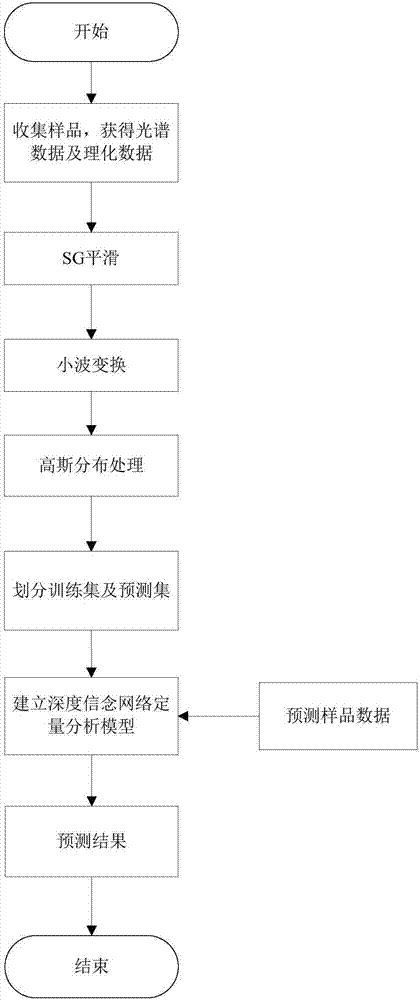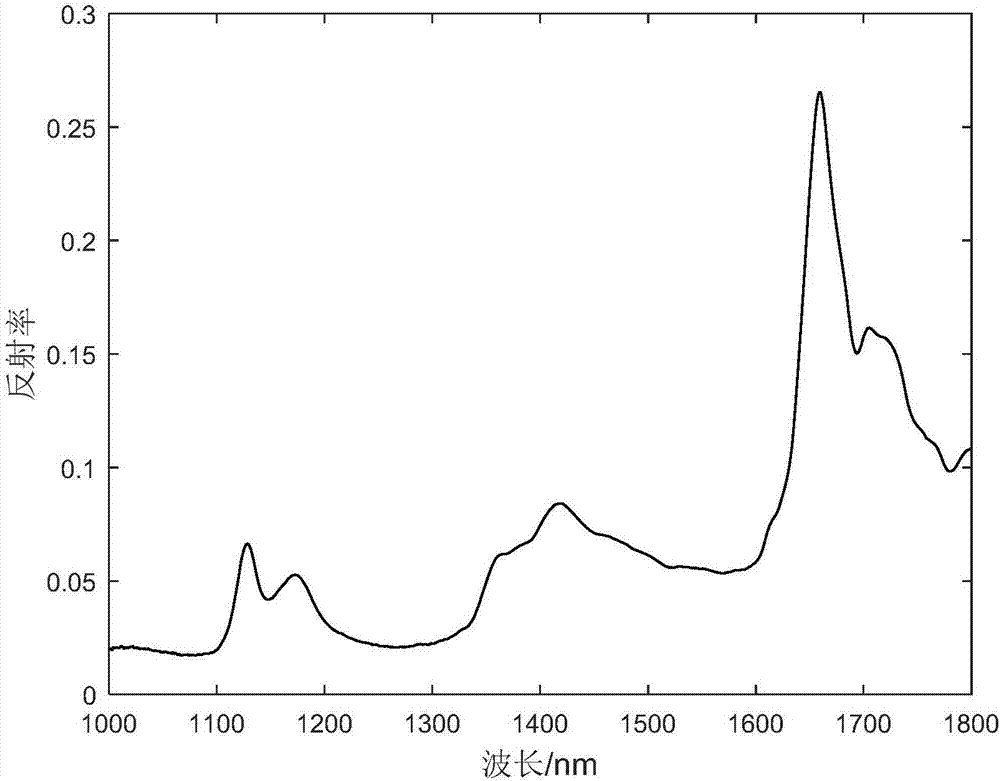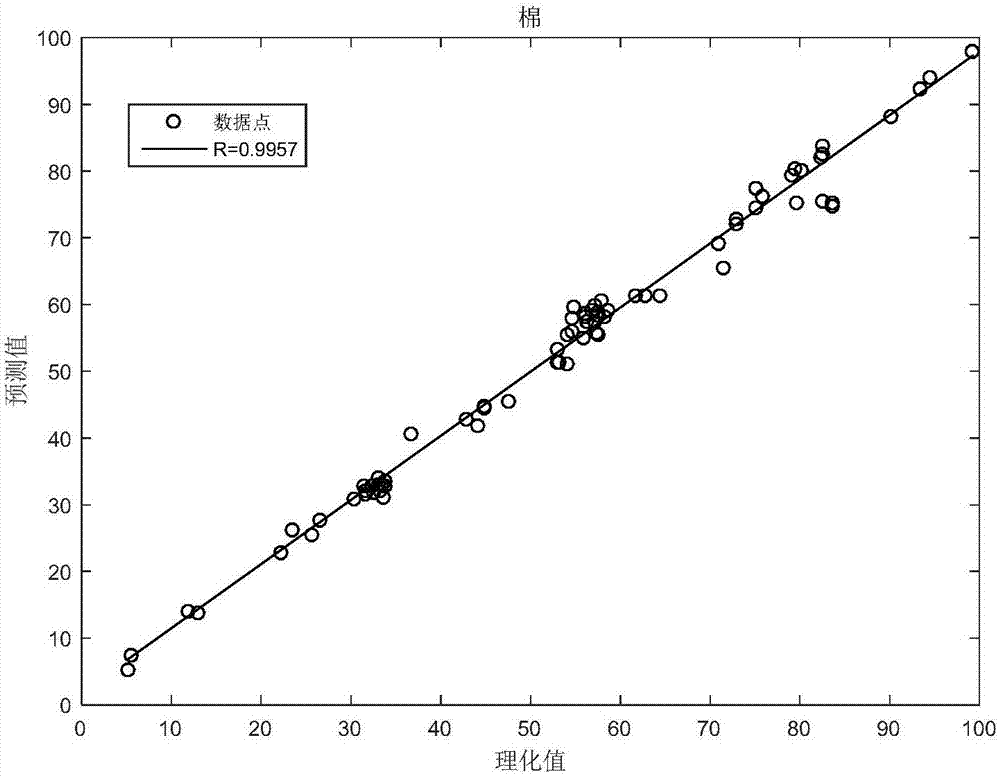Method of analyzing cotton content of textile based on improved DBN near infrared spectrum
A technology of near-infrared spectroscopy and textiles, which is applied in the direction of material analysis, material analysis, and measuring devices through optical means, can solve the problems of low accuracy and reliability of cotton content prediction, achieve good application prospects, improve training speed, The effect of improving accuracy and reliability
- Summary
- Abstract
- Description
- Claims
- Application Information
AI Technical Summary
Problems solved by technology
Method used
Image
Examples
Embodiment
[0042](1) Collect samples, collect near-infrared spectra of samples and physical and chemical data of samples; specifically: collect 308 blended samples from the market, the samples are in various states, the color is deep or light, dyed or printed, and the fabric is thick or thin , There are plain and twill, which are representative. Use the SupNIR-1100 near-infrared spectrometer to collect the spectral data of polyester-cotton textiles. The specific steps are as follows: After determining the fabric sample, fold the fabric sample, and perform Z-shaped folding according to the thickness of the fabric to ensure that the inner and outer surfaces of the fabric are not on the same surface. , which is convenient for detecting the front and back sides of the fabric; flatten the folded fabric sample; after collecting the reference spectrum, start to collect the diffuse reflectance spectrum of the sample, and collect the spectrum of the front and back sides of the fabric, so as to obt...
PUM
 Login to View More
Login to View More Abstract
Description
Claims
Application Information
 Login to View More
Login to View More - R&D
- Intellectual Property
- Life Sciences
- Materials
- Tech Scout
- Unparalleled Data Quality
- Higher Quality Content
- 60% Fewer Hallucinations
Browse by: Latest US Patents, China's latest patents, Technical Efficacy Thesaurus, Application Domain, Technology Topic, Popular Technical Reports.
© 2025 PatSnap. All rights reserved.Legal|Privacy policy|Modern Slavery Act Transparency Statement|Sitemap|About US| Contact US: help@patsnap.com



